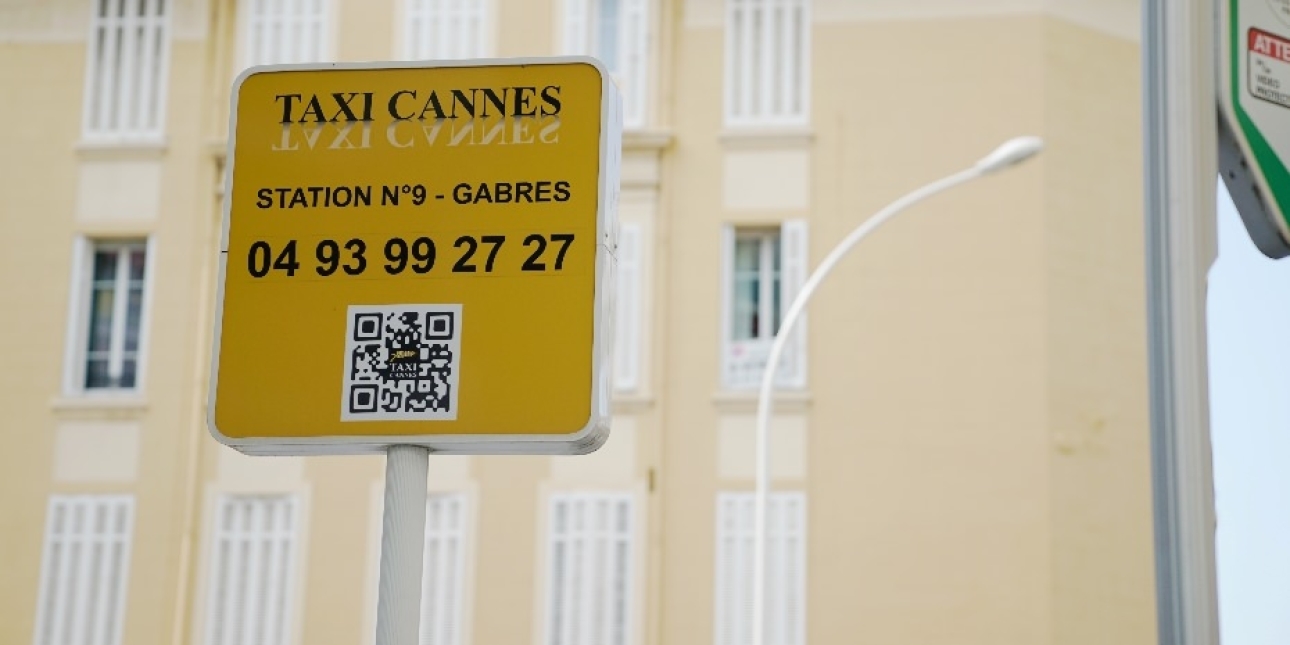PUBLIC RELATIONS
Monday 14th October 2019
The Cannes-do spirit: Four rules for selling a TV series around the world
Despite its glamorous image, PR for the international TV industry is mostly about relentless hard work, timing and attention to detail. Think more ‘late nights in the office’ than ‘late-night pool parties’.
Indeed, the global content industry — an umbrella term for the production, buying and selling of TV shows around the world — is heavily reliant on targeted corporate communications to drive market activity.
The sector’s growth has been fueled by international revenues and spending from Facebook, Apple, Amazon, Netflix and Google, the new disruptors in an industry that has long been dominated by powerful cable and linear TV networks. That means it’s a golden age for production companies, with more buyers than ever putting their generous budgets to work as they compete to acquire shows for international audiences. In 2017, the UK’s TV production sector alone was worth a whopping £2.7bn, according to Pact, the trade association for TV producers.
The strategic placement of B2B messaging is crucial to sales success. This can trigger bidding wars as buyers scramble to bring the next Love Island,
Downton Abbey or Who Wants to be a Millionaire? to global audiences.
There are more than 20 influential trade media outlets serving the global TV industry — perhaps more than for any other entertainment medium. These range from international and domestic titles to sector-specific media focusing on genres such as kids, sports, animation, drama and unscripted TV.
PR is generally the only marketing discipline that a cost-conscious producer looking to sell their content around the world is likely to invest in, so delivering results is highly pressurised. An effective campaign can deliver lucrative international sales for TV shows and formats.
Here’s how to go about it…
1 Attend the industries biggest trade shows
Trade shows are a key part of the process. Cannes remains the biggest event in the industry calendar, with 2018's MIPCOM in October attracting a reported 14,000 key industry players, including more than 4,000 buyers of TV shows. It’s an environment where the stakes are high, and it often provides the springboard for the next global hit.
2 Timing is everything
Getting the timing right is crucial to the success of a client’s sales strategy. For starters, client announcements should always be made in the run-up to or on the eve of a convention in order to shape the news agenda for the event. Being proactive is vital. Try to be on the ground at a conference two or three days before other PR teams to undertake the inevitable last-minute prep work and approvals to get a head start on the competition.
If the event runs from Monday to Wednesday, then sending out a press release on Monday morning won't cut the mustard. With the news backlog from literally hundreds of competing stories filtering through the media, it’s likely that the key audience — programme buyers — may be at the airport or on a flight home by the time your story is actually published. Placing your stories more than two weeks in advance stands you in better stead.
3 PR= Sales
In TV land, there is a more direct correlation between PR and sales than in many other areas of the profession. For example, placing an effective announcement at the optimal time can directly trigger a multimillion- pound programme sales deal with a large US network or streaming service. Much of the time, the success of a PR campaign can be measured by the sales deals that are achieved.
4 Focus on MIP Daily
Delivering coverage in the key trade show magazine — MIP Daily — on day one of an event will often be viewed by clients as the ‘icing on the cake’ of a successful campaign. For the duration of the event — and particularly on day one — this title becomes the most important and influential TV industry publication in the world. The key objective is undoubtedly getting stories placed early and prominently in the issue.
For this to happen, you need to be having discussions with the magazine’s editorial team at least two months ahead of the event. If there’s a photo opportunity to run alongside a client’s news, all the better. This could be execs celebrating a new co-production deal, a memorandum of understanding being signed or a photo stunt on the Cannes seafront. Whatever it is, it’s crucial to act early or risk missing out on the one key publication that the thousands of delegates thumb through at the most important event of the year.
The future of the TV industry appears to be relatively bright. Content really is king, and the world’s entertainment giants are fighting harder than ever to bring eyeballs to their channels. Armed with exhaustive planning processes, an acute sense of timing, good targeting and an intuitive sense of the right journalists and media to feature clients’ stories, PRs should be set to help their clients launch their next binge-worthy shows for audiences around the world.
A version of this article was first published in Influence magazine, Q3 2019.
Photo by HENG YIN on Unsplash

